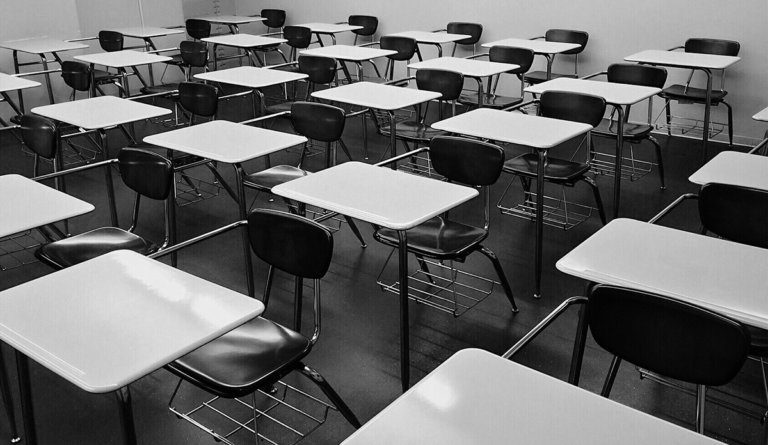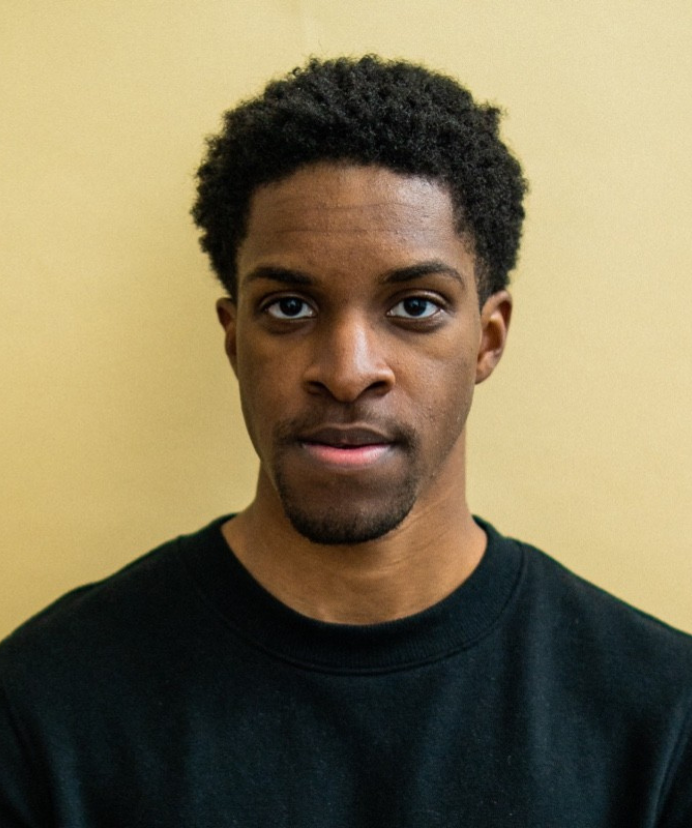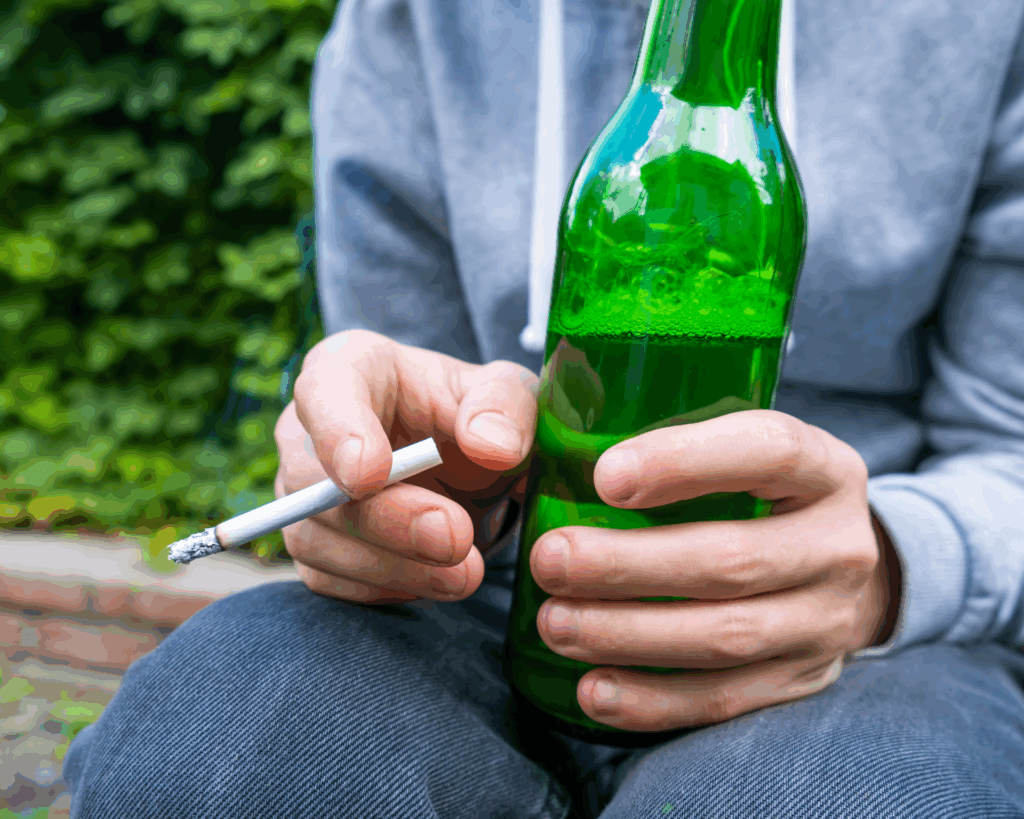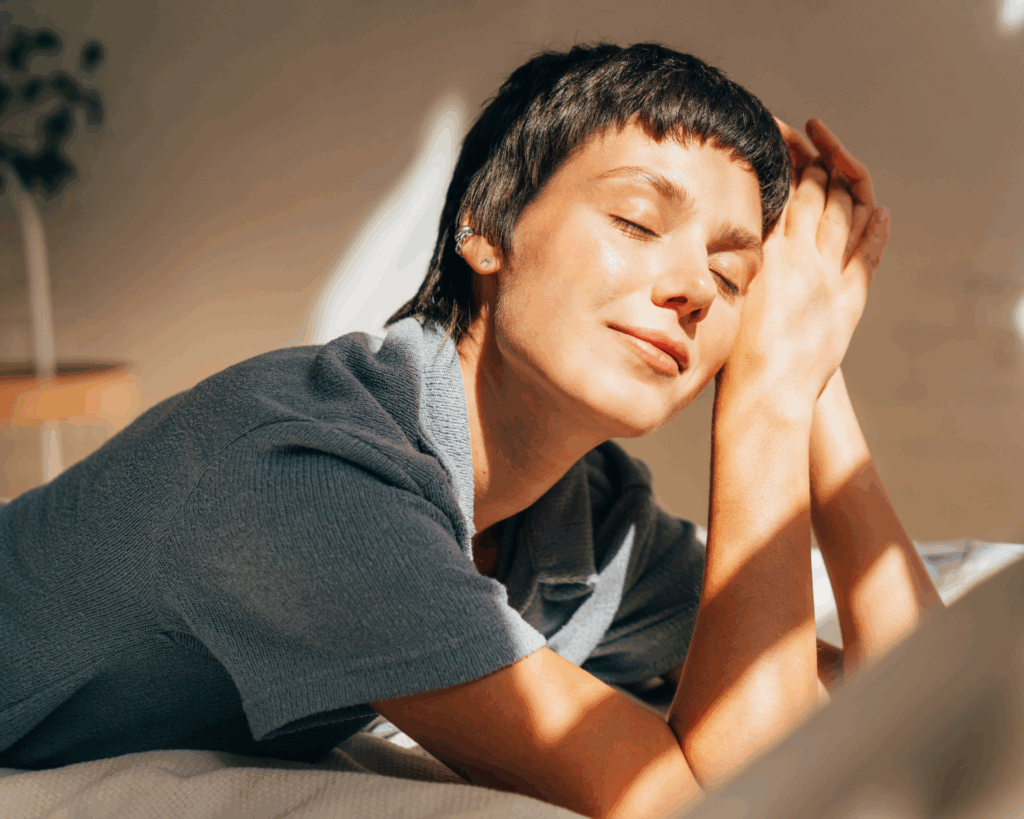Scripts After School Shootings
School shootings in America have become something of a new norm, yet little is known about how survivors cope over the following months and years.

Read Time: 3 minutes
Published:
Since the Columbine high school shooting in 1999, 238 school shootings have killed 144 people. By witnessing shootings or taking part in school shooting drills, the lives of millions of American students have changed. School shootings in America have become something of a new norm, yet little is known about how survivors cope over the following months and years.
A study by Maya Rossin-Slater and colleagues measured the effect of school shootings on mental health in the communities where they occur. They found that in the three years following 44 fatal school shootings, adolescent anti-depressant prescriptions were 21.4% higher within a five-mile radius of the shootings than prescriptions in reference areas 10-15 miles away.
The cost of school shootings is often measured in lives lost or injuries accumulated, but increases in anti-depressant prescription rates point to another burden of school shootings: survivor mental health. The study found adolescents within five miles of targeted schools were at-risk for depression in the wake of school shootings.
The measured adolescent rate changes cannot be explained by increases in total community depression, increased contact with prescribing providers, or higher densities of prescribing providers. In communities where adolescent anti-depression prescribing rates increased, adult anti-depressant prescribing rates did not increase. Similarly, prescription rates of other medications didn’t increase with anti-depressants, evidence that provider contact itself doesn’t explain the measured impact of school shootings.
The cost of school shootings is often measured in lives lost or injuries accumulated, but increases in anti-depressant prescription rates point to another burden of school shootings: survivor mental health.
The study is the first to measure the widespread community effects of school shootings, but its focus on anti-depressant prescribing rates can’t measure the full burden of local shootings. The researchers found untreated depression and increased adolescent usage of both pharmacological and non-pharmacological treatment of depression. As author Rossin-Slater states, future research is needed regarding potential effects on how school shootings “could lead to worse behavioral, educational, and economic outcomes.”
Community responses to trauma are complex. In the study, the size of the local pool of non-prescribing providers, like social workers or psychologists, tempered increases in adolescent anti-depressant prescribing rates. Available mental health workers may not indicate better outcomes or the avoidance of depression, but the study suggests that the presence of non-prescribers changes the type of care adolescents received.
Understanding anti-depressant medication prescribing rates is a first step in understanding how community traumatic experiences alter adolescents’ lives. Depression has life-long consequences on the mental, physical, and financial well-being of individuals but the effects of school shootings on communities remain far wider.
Image by Wokandapix from Pixabay



